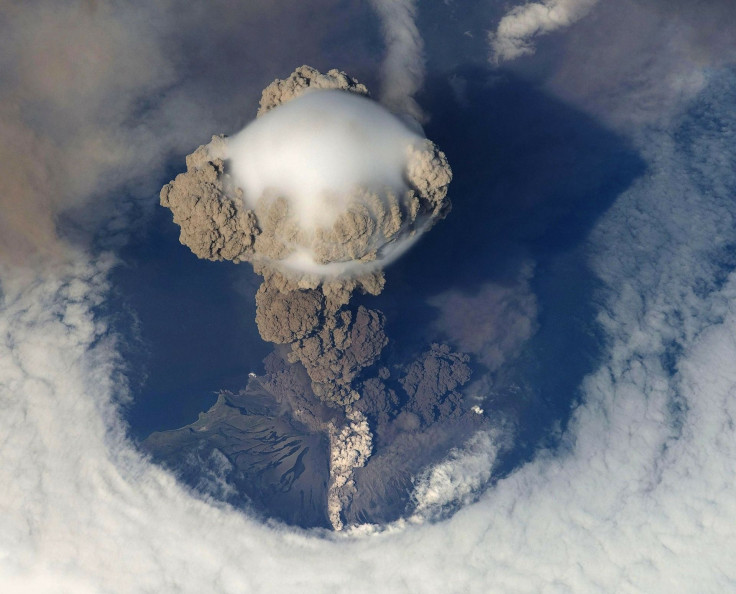Volcanoes Erupt Nickel, Giving Scientists Clues About Earth’s Worst Mass Extinction

The road leading to the worst mass extinction in Earth’s history is paved with nickel.
Scientists are piecing together clues about how the planet transformed from a comfortable place full of life into a wasteland 252 million years ago, and have uncovered new evidence that points the finger at volcanoes in Siberia as contributing to the devastation. A team of researchers have reported in the journal Scientific Reports that at the time of the mass extinction, which occurred at the boundary between the Permian and Triassic geological periods, there was a spike in the amount of the element nickel around the world.
Nickel deposits were found in rocks that formed when magma cooled, after that magma seeped into the Earth’s crust. That happened while the Siberian volcanoes were also erupting in huge volumes and sending nickel shooting into the atmosphere, where it got dispersed around the globe.
Nickel has previously been found in rock dating to the Permian-Triassic boundary in China, Israel and countries throughout Europe, according to the study. The researchers further explored the extent of these nickel deposits and found more in India, Hungary and Japan. Their results “suggest that the nickel anomalies at the end of the Permian were a worldwide phenomenon.”
The scientists say the nickel is evidence of severe volcanic activity in Siberia that would have heavily polluted the atmosphere with carbon dioxide and methane, “causing severe global warming and subsequent mass extinction.”
It backs up the theory that volcanoes in that area contributed to the mass extinction, which killed off 95 percent of marine life and 70 percent of the land-dwellers. Researchers have seen other evidence of this in carbon values that hint at how much carbon dioxide and methane the Siberian eruptions gushed into the atmosphere and oceans at the time.
The volcanic emissions would have caused extreme environmental changes, leading to the animal extinctions.
“The Siberian volcanic eruptions and related massive intrusions of nickel-rich magmas into the Earth’s crust apparently emitted nickel-rich volatiles into the atmosphere, where they were distributed globally,” senior study author and geologist Michael Rampino said in a statement from New York University. “At the same time, explosive interactions of the magma with older coal deposits could have released large amounts of carbon dioxide and methane, two greenhouse gases, which would explain the intense global warming recorded in the oceans and on land at the time of the mass extinctions. The warm oceans also became sluggish and depleted in dissolved oxygen, contributing to the extinction of many forms of life in the sea.”
The researchers are hoping to learn more about how the Siberian eruptions affected the rest of the planet and triggered the mass extinction.
“Additionally, we hope this research will contribute to determining whether an event of this magnitude is possible in the future,” co-author Sedelia Rodriguez, from Barnard College, said in the statement.
Scientists have long been trying to understand what caused this mass extinction event 252 million years ago. Other recent research has suggested that in this volcanic area called the Siberian Traps, the intense heat of magma seeping to the surface released large amounts of greenhouse gases that were trapped in rock in the Earth’s crust, and those gases flooded into the atmosphere and caused the severe environmental changes that killed off so many species.
© Copyright IBTimes 2024. All rights reserved.




















